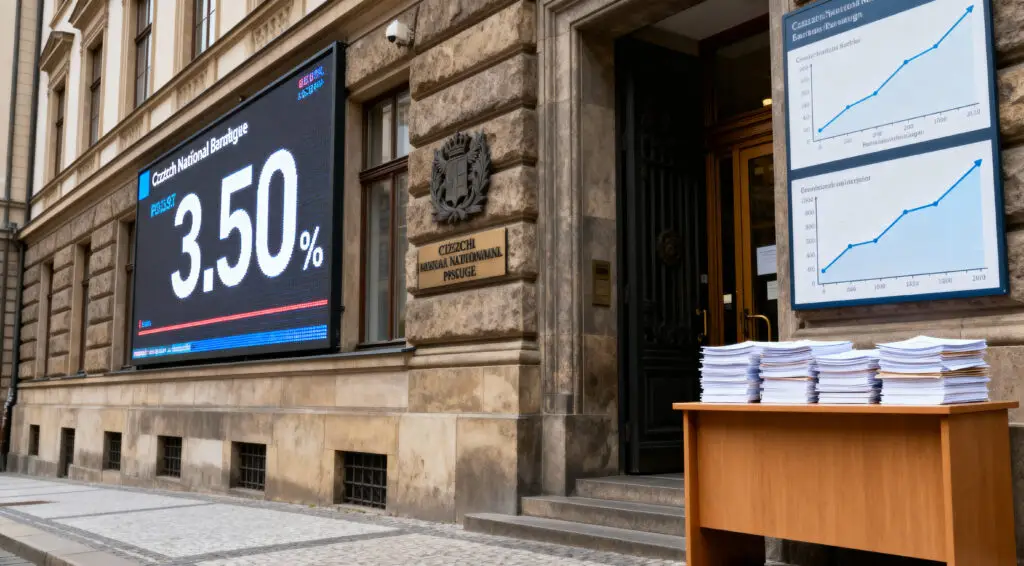In the wake of Circle‘s recent, notable success with its initial public offering, the cryptocurrency world is witnessing another significant move towards mainstream financial markets. Justin Sun, the influential founder of TRON, has announced his intention to take TRON public on the United States stock market. This ambitious step will be executed through a reverse merger with Nasdaq-listed SRM Entertainment, a strategy that underscores a growing trend of crypto entities seeking traditional market validation while embracing innovative business models centered on digital assets.
TRON’s Bold Move to Go Public
Justin Sun’s strategy involves merging TRON with Nasdaq-listed SRM Entertainment ($SRM), a move that, upon completion, will see SRM Entertainment rebranded as TRON. This transformation signifies more than just a name change; it represents a fundamental pivot in the company’s business model to embrace the increasingly popular concept of owning and operating a crypto treasury. Once this intricate deal is finalized, the newly constituted public entity will embark on a core mission of systematically acquiring and holding the TRON token, signaling a direct alignment between the company’s corporate value and its native cryptocurrency.
Fueling the Crypto Treasury
To initiate this ambitious crypto treasury, the newly formed public company plans to issue 100,000 shares of its Series B Convertible Preferred Stock, which will be convertible into 200 million shares of common stock at a price of 50 cents per share. Additionally, the company will issue 220 million warrants, granting SRM the right to acquire up to 220 million shares of common stock, also at an exercise price of 50 cents per share. If all these warrants are fully exercised, the company anticipates raising a substantial $210 million in capital, which will then be strategically deployed to purchase TRON tokens and commence the substantial build-out of its digital asset treasury.
The Rising Trend of Crypto Treasuries
The concept of publicly traded companies establishing and expanding crypto treasuries has witnessed a significant surge in popularity recently, signaling a strategic shift in corporate asset management. Notable examples include Trump Media & Technology Group, GameStop, and, most prominently, MicroStrategy, all of whom have either publicly announced their intention to build or are actively continuing to top up their Bitcoin treasuries. While companies often cite reasons such as hedging against inflation or aligning with tech-forward values, the underlying driver for this trend, regardless of public statements, is an undeniable belief that such a strategy will positively impact their bottom line.
The Immediate Economic Benefits
The most apparent economic advantage of maintaining a crypto treasury lies in the potential for the held cryptocurrency to appreciate in value, thereby directly increasing the company’s overall wealth. However, an even more beneficial secondary effect has emerged: when companies announce their decision to build or add to their crypto treasuries, they invariably generate significant media attention and headlines. This increased visibility typically correlates with a climb in the company’s stock price, often yielding greater immediate benefits to the stock than to the underlying digital asset itself, as vividly illustrated by TRON’s case where its merger announcement caused a 500% surge in SRM’s price while TRON token rose only 3.4%.
The Double-Edged Sword of Crypto Treasuries
While these crypto treasuries represent a unique feat of financial engineering, offering companies a method to potentially “pump their bags” and “double-dip on revenue generation” as both their stock price and crypto treasury appreciate, they also present inherent risks. A critical concern for this model, which has been scrutinized by critics since MicroStrategy pioneered it in August 2020, is the notorious volatility of cryptocurrencies. Publicly traded companies that build substantial crypto treasuries expose their shareholders to significant cryptocurrency price swings, which, depending on the treasury’s size, can lead to substantial losses that severely harm the business’s financial health during market downturns.
Sustainability Remains Uncertain
The long-term sustainability of corporate crypto treasuries remains an open and uncertain question, as insufficient historical data exists to draw definitive conclusions. MicroStrategy, whose crypto treasury is the oldest among publicly traded companies, is approaching its fifth year and, despite previously reporting unrealized losses, continues to operate and add to its holdings. However, the economic viability of a company whose sole “product” is a crypto treasury appears shaky, as such businesses often do not create tangible value, solve real-world problems, or generate reliable customer demand, reducing their “value” to a speculative bet on future crypto price appreciation and exposing them to extreme risk.
The Unanswered Exit Strategy
A critical aspect largely unaddressed by companies building crypto treasuries is their eventual exit strategy; while these companies undoubtedly view their crypto treasury strategy as profitable, that profit will never be realized unless they ultimately liquidate their positions. Tesla stands as a rare example, having explicitly accumulated Bitcoin for its treasury and then subsequently sold portions—generating $272 million in March 2021 by selling ~10% of its holdings, and 75% more in July 2022 to demonstrate BTC’s liquidity. The potential for a large-scale sale by any company to trigger a cascading negative spiral—causing the crypto asset’s price to fall, reducing the remaining treasury’s value, impacting the company’s perceived value, and hurting its stock price—remains a significant, untested risk for this financial engineering play.
A Strategy Still in Its Infancy
Given the limited number of companies that have adopted the publicly traded crypto treasury model, and even fewer that have liquidated their positions, it is arguably premature to definitively label this strategy as a winning financial engineering feat. The lack of extensive long-term data makes it challenging to fully assess the true risks and rewards. As more time unfolds and the volatile price of Bitcoin and other cryptocurrencies continues to fluctuate, the market will eventually reveal whether this innovative strategy truly represents a sustainable financial innovation or merely another fleeting financial gimmick, awaiting a definitive verdict from the test of time.























